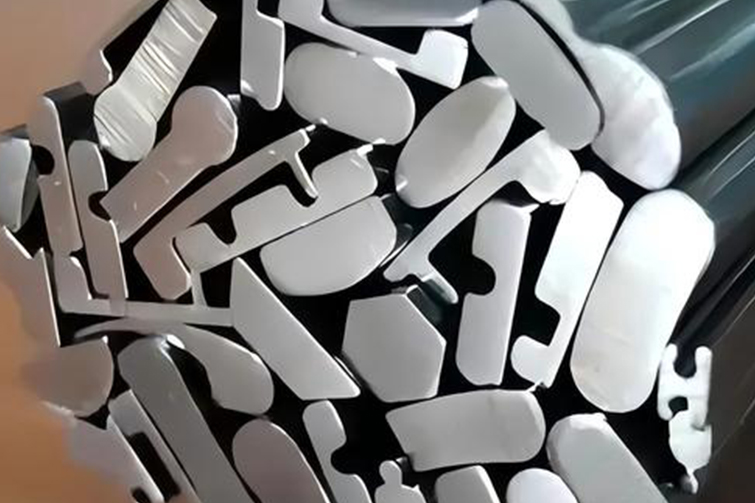

Wear-Resistant Steel vs. Weathering Steel: How to Choose the Right One
In the world of specialized steel, two types often stand out for their unique properties: Wear-Resistant (AR) Steel and Weathering Steel. While both offer superior performance over standard carbon steel, they are designed for entirely different battles. Selecting the wrong one can lead to premature failure, unnecessary cost, and safety hazards. This guide will help you understand their key differences and make an informed choice.
Understanding the Core Difference
The fundamental distinction is simple:
- Wear-Resistant Steel is engineered to resist abrasion and impact.
- Weathering Steel is engineered to resist atmospheric corrosion.
Think of it as a choice between a suit of armor and a self-healing shield. One is for taking direct, physical punishment; the other is for enduring the relentless, slow decay of the elements.
Wear-Resistant Steel (AR Steel)
Wear-resistant steel is a high-strength, low-alloy (HSLA) steel known for its exceptional hardness. Its resistance comes from a hardened surface layer, typically achieved through heat treatment (quenching and tempering).
Key Characteristics:
- High Hardness: Measured on the Brinell Hardness Scale (HB), with common grades ranging from 400 HB to over 500 HB.
- Strength: Offers very high yield and tensile strength.
- Composition: Often contains carbon, manganese, chromium, and other elements to enhance hardenability.
When to Choose Wear-Resistant Steel:
Choose AR steel when your primary concern is material loss due to friction, scraping, or impact. Ask yourself: Is the steel going to be constantly rubbed, scratched, or hit by heavy or abrasive materials?
Typical Applications:
- Mining equipment (dump truck bodies, excavator buckets, liners)
- Construction machinery (bulldozer blades, conveyor screws)
- Material handling (hopper liners, chutes, shredders)
- Agricultural equipment (plow blades, harvester parts)
Selection Tip: The choice of AR grade (e.g., AR400, AR450, AR500) depends on the severity of the abrasion and impact. AR400 is a good general-purpose grade, while AR500 is chosen for extreme, high-impact applications.
Weathering Steel (Often known by the brand name COR-TEN®)
Weathering steel is a group of steel alloys that form a stable, protective rust layer when exposed to the weather. Instead of flaking off like common rust, this layer adheres tightly to the base metal, sealing it from further corrosion. This patina gives it a distinctive, earthy orange-brown appearance.
Key Characteristics:
- Atmospheric Corrosion Resistance: Can be 4 to 8 times more corrosion-resistant than standard carbon steel.
- Self-Protecting Patina: The rust layer is dense and non-porous, inhibiting further oxygen and moisture penetration.
- Aesthetic Appeal: The rustic, evolving finish is highly valued in architectural design.
When to Choose Weathering Steel:
Choose weathering steel when your primary concern is long-term exposure to rain, snow, humidity, and industrial atmospheres, and where maintenance access is difficult or undesirable. Ask yourself: Is the main goal to fight rust and minimize upkeep while achieving a specific look?
Typical Applications:
- Architectural facades and sculptural art
- Bridges and overpasses
- Exterior building cladding
- Guardrails and sound barriers
- Shipping containers and outdoor storage units
Important Consideration: Weathering steel is not suitable for constant immersion in water or buried soil applications, as the protective patina cannot form properly in a constantly wet, low-oxygen environment.


